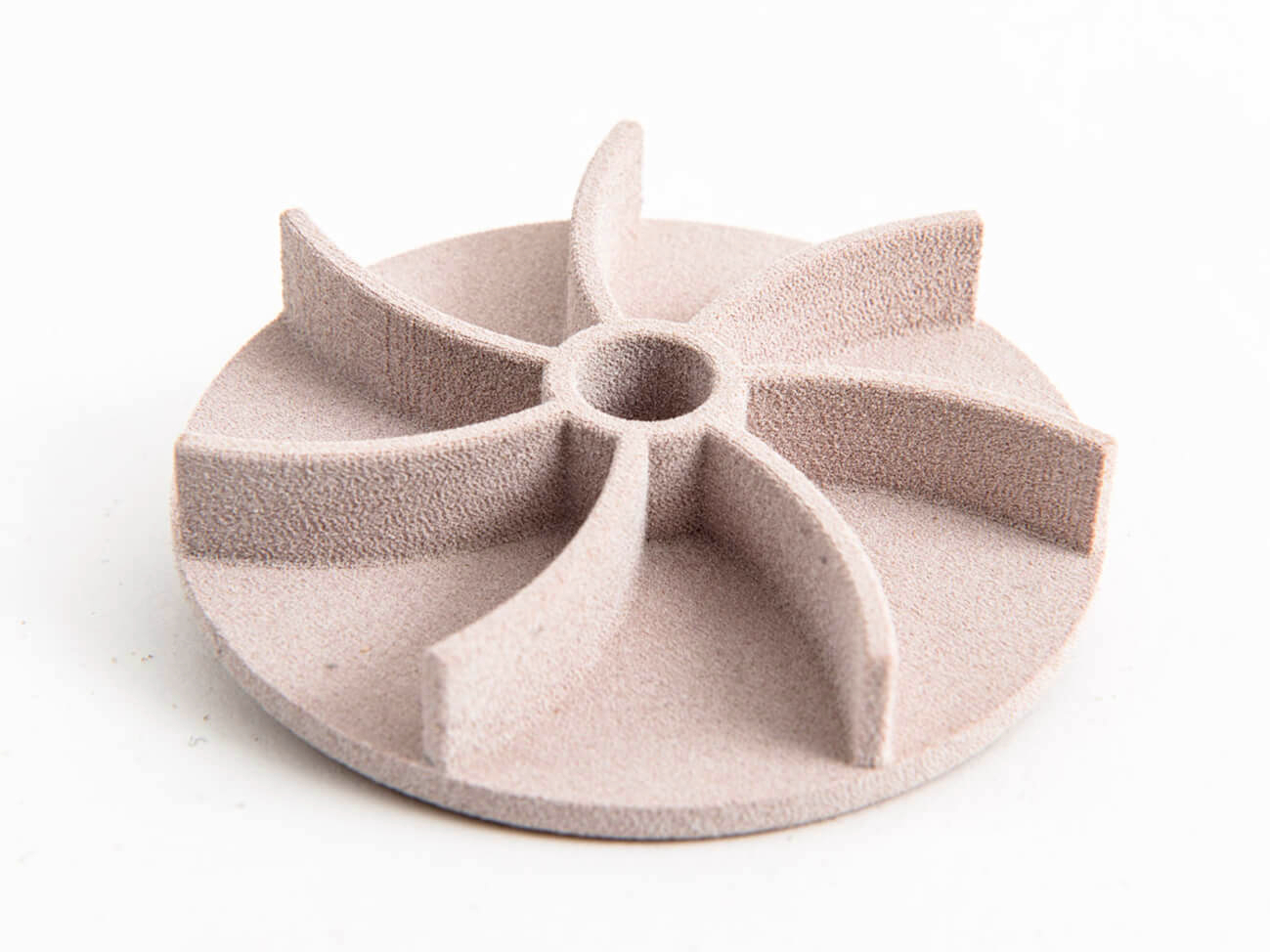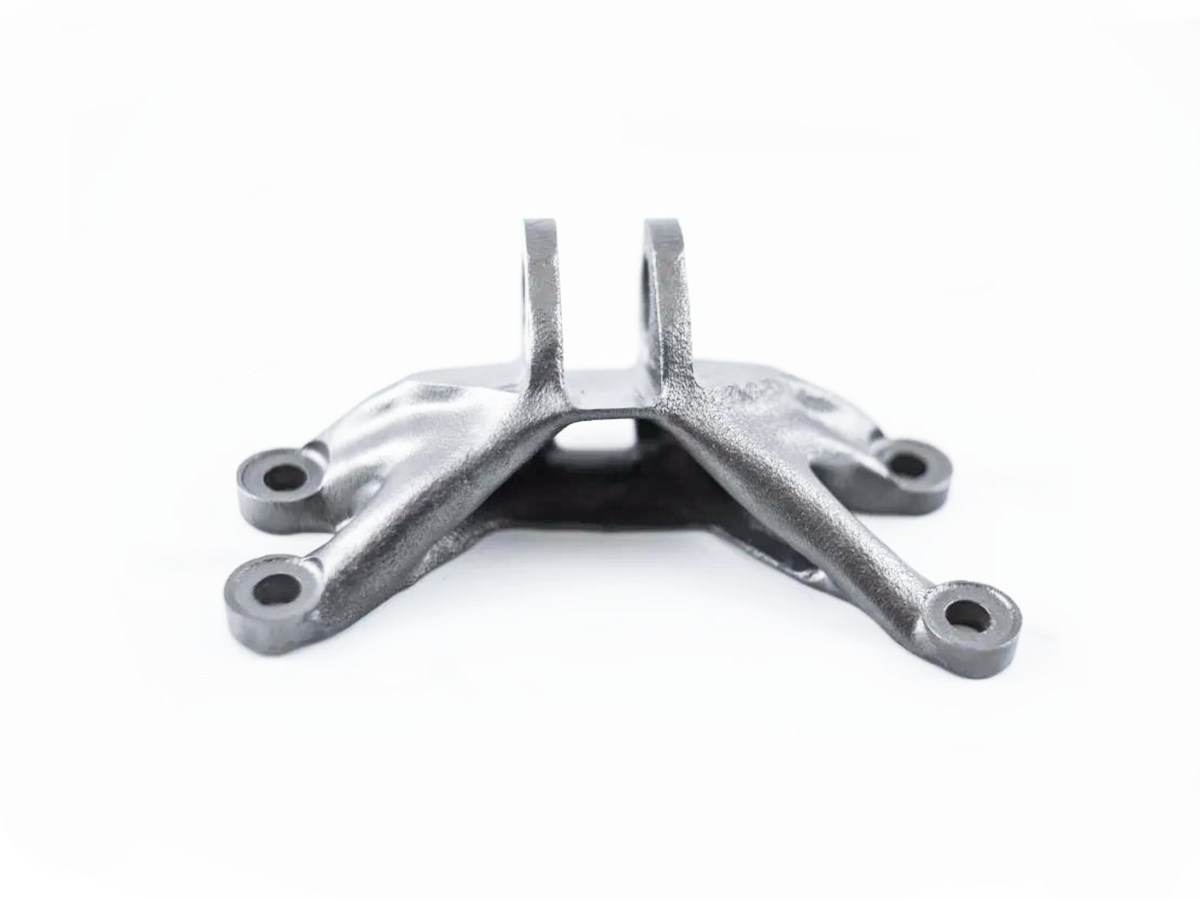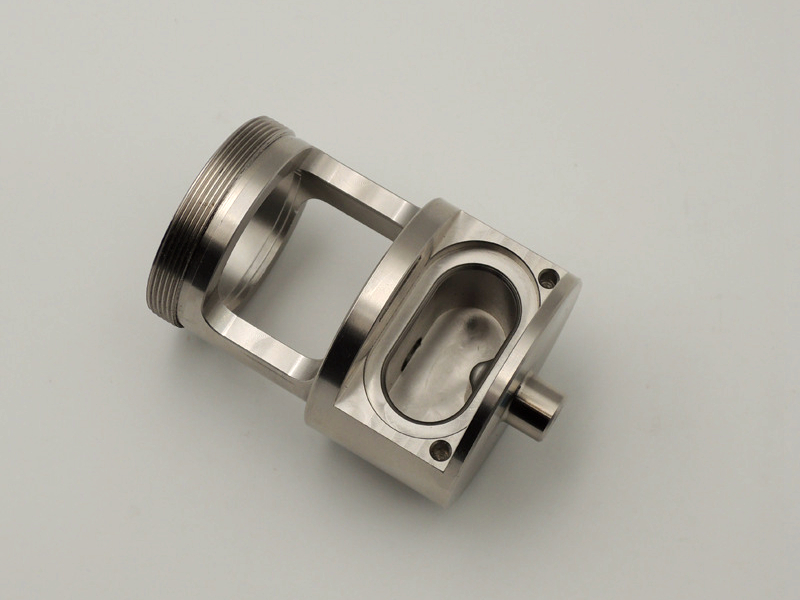Which materials provide both high strength and high temperature resistance?
From an engineering and manufacturing standpoint, the demand for materials that simultaneously offer high strength and high temperature resistance is central to advanced applications in aerospace, power generation, and high-performance automotive sectors. These materials are typically classified into several families, each with a unique balance of properties, manufacturability, and cost. The selection is a critical trade-off between mechanical performance, maximum service temperature, environmental resistance, and the ability to be processed using technologies like CNC Machining or 3D Printing.
Superalloys: The Pinnacle of Performance
Superalloys represent the top tier of high-temperature, high-strength materials, specifically designed to retain their mechanical properties under extreme stress and temperatures often exceeding 1000°C.
Nickel-Based Superalloys: This is the most extensive and capable category. Alloys like Inconel 718 and Inconel 625 offer exceptional yield and tensile strength along with outstanding resistance to oxidation and creep (slow deformation under constant load) up to 700°C. They are widely used in jet engine turbines, rocket components, and nuclear applications. Other notable alloys include Hastelloy X for its oxidation resistance and Nimonic 80A.
Cobalt-Based Superalloys: Alloys such as those in the Stellite family excel in wear resistance and retain their hardness at high temperatures better than nickel-based alloys. They are often used for wear pads, valve seats, and other components that require high hot hardness.
Refractory Metals and Specialty Alloys
These materials are characterized by extremely high melting points but often present significant manufacturing challenges.
Titanium Alloys: While not suitable for the same extreme temperatures as superalloys, certain grades like Ti-6Al-4V (Grade 5) maintain high specific strength (strength-to-weight ratio) up to approximately 450-500°C, making them indispensable for aerospace and aviation structural components.
Stainless Steels: For moderately high-temperature applications (typically up to 600-800°C), certain stainless steels are excellent. 17-4PH (SUS630) offers high strength through precipitation hardening, while 310S (SUS310) provides excellent oxidation resistance.
Advanced Ceramics and Cermets
For the most extreme temperatures where metals would melt or oxidize, ceramics are the only option.
Structural Ceramics: Materials like Silicon Carbide (SiC) and Zirconia (ZrO₂) offer exceptional compressive strength, hardness, and thermal stability well above 1400°C. Their primary limitation is brittleness, but they are unmatched for wear parts, insulators, and components in power generation systems.
High-Performance Engineering Plastics
In the realm of polymers, a select few can operate at elevated temperatures while maintaining structural integrity.
PEEK (Polyether Ether Ketone): PEEK is a high-performance thermoplastic that maintains excellent mechanical and chemical resistance properties at temperatures up to 250°C. It is often used as a metal replacement in demanding medical, aerospace, and semiconductor applications.
Polyimide (PI): Offering continuous service up to 260°C and excellent dielectric properties, Polyimide is used for insulators, seals, and bearings in high-temperature environments.
Engineering Guidelines for Material Selection
Define the Service Environment: The "correct" material depends on the specific temperature, presence of corrosive agents, required lifespan, and mechanical load (static vs. dynamic).
Consider Manufacturability: Superalloys and ceramics are notoriously difficult to machine, requiring specialized precision machining expertise and tooling, which impacts lead time and cost.
Evaluate Total Lifecycle Cost: A more expensive material like Inconel may offer longer service life and reduced maintenance, proving more economical over time than a cheaper alternative that requires frequent replacement.
Leverage Hybrid Strategies: For complex assemblies, it is often effective to use a high-performance material like a superalloy only for the most critical, heat-exposed components, while using more easily machined materials like titanium or high-temperature steels for supporting structures.



